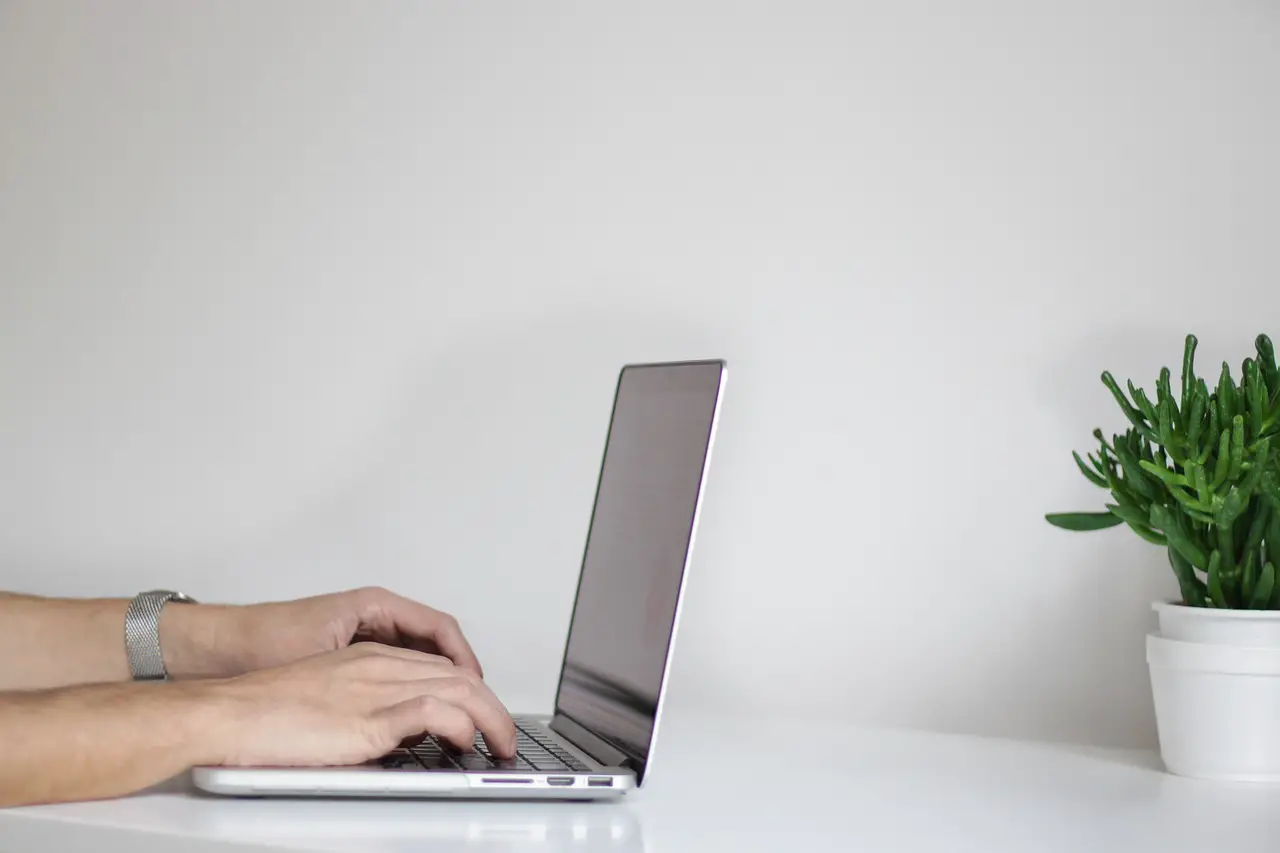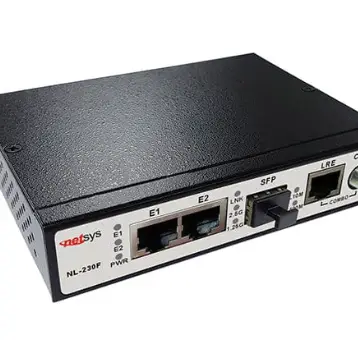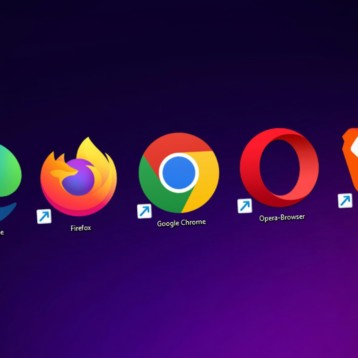
The internet can be a dangerous place at times. When you haven’t taken the proper precautions, even a quick browse through your favorite websites can soon result in a malicious attack, with hacking, malware and other online threats continuing to evolve and becoming harder to detect.
Due to the growing use of smartphones and other mobile devices, our exposure to these risks has significantly increased in recent years, with Symantec’s 2018 Internet Security Threat Report showing that 24,000 unsafe mobile apps are blocked every single day; while that same study also found that 1 in 13 of all web requests result in the threat of malware.
When it comes to setting up broadband for home use, the security of yourself, your children and any other users should always be considered a top priority. After all, it only takes a single click on a dodgy email for someone to steal your personal information and ultimately inflict some serious damage on your computer.
Despite how scary the online world might appear, however, there are simple steps you can take to protect yourself and ensure you’re always exploring the internet safely.
Spot Signs of Phishing Emails
The Symantec report placed a heavy focus on targeted online attacks, finding that phishing emails were by far the leading cause of infection, with 71% of organised attacks involving some form of email scam. Typically requiring the user to open a malicious link or attachment, the research found that 90% of online attacks are aimed towards gathering intelligence and personal information.
Of course, the best way to improve your safety is to learn how to spot the signs of such dangerous emails. The more basic scams won’t include your name and typically come littered with obvious grammatical errors, while some will even be bold (or threatening) enough to just straight-up ask for your personal information.
However, some phishing scams are much more sophisticated, posing as a trusted source and inserting malicious links much more subtly. Before opening any attachments or links from an unfamiliar source, you should always check the sender’s email address and confirm its authenticity, and you always need to be careful when handing over any personal information online.
Create Secure Passwords
Although it might sound like an incredibly obvious piece of advice, recent studies show that 81% of all data breaches have resulted from hacked passwords. Users typically opt for simple, easy-to-remember phrases, while many will continue to use the same phrase for multiple accounts; meaning that a compromised password can prove incredibly damaging indeed.
It’s important to choose creative, complex phrases for all of your online accounts, while the strongest passwords will include capital letters, numbers and special characters. Whether you’re protecting your Facebook profile or online banking details, a selection of secure passwords is absolutely essential towards improving your internet security. To create your own unique password, check out this free password generator produced by cybersecurity company ExpressVPN.
Obviously, you should never use your name, date of birth or any other piece of personal information in your chosen phrase, and it certainly shouldn’t involve a variant of the word “password” or “let me in”—as this makes it significantly easier for hackers to guess. Since your wireless router will come installed with a simple default password, you’ll also need to change this to a more secure phrase to truly enhance your security; safety experts even recommend changing the name of the router itself, since this will make it harder for hackers to tell what kind of connection you actually have.
Check Website Authenticity
Due to the threat of hackers and phishing scams, you’ll undoubtedly feel concerned by the distinct possibility of being directly attacked online. However, you also need to keep a keen eye out for fake websites and misleading domain names, since these sites are certainly capable of compromising your computer and stealing your personal information, too.
But fake sites tend to be a near-direct replica of another, more authentic website, fooling the user into thinking that they’re browsing the official version and making them more likely to accidentally download a dangerous virus. No matter how authentic a downloadable file might appear to be, you should always double-check the URL before clicking the “download” button, since a fake site’s address will include a slight deviation from the original.
Additionally, it’s also worth checking whether the site has HTTPS certification, since this is the clearest sign of a site’s security and ultimately assures users that it’s safe to continue browsing. You can find this right at the beginning of the address bar, where the most secure websites will also display a green padlock symbol.
Enable Network Firewalls
A firewall is essentially an invisible protective barrier which makes it almost impossible for unauthorised devices to access your home network. Although most routers will come with a firewall pre-installed, the chances are you haven’t actually turned it on yet; meaning that your first line of cyber-defence is completely non-existent.
Head over to your router’s configuration page and ensure the firewall is set to ‘enabled’, then feel free to configure its more advanced settings to make sure it meets your specific requirements. When you’ve got an effective firewall in place, you should feel significantly more confident in keeping both adults and children safe while exploring the internet.







![10 Top Game Sites Not Blocked By School [2024 Updated]](https://thefutureofthings.com/wp-content/uploads/2024/10/image-25-358x358.png)


